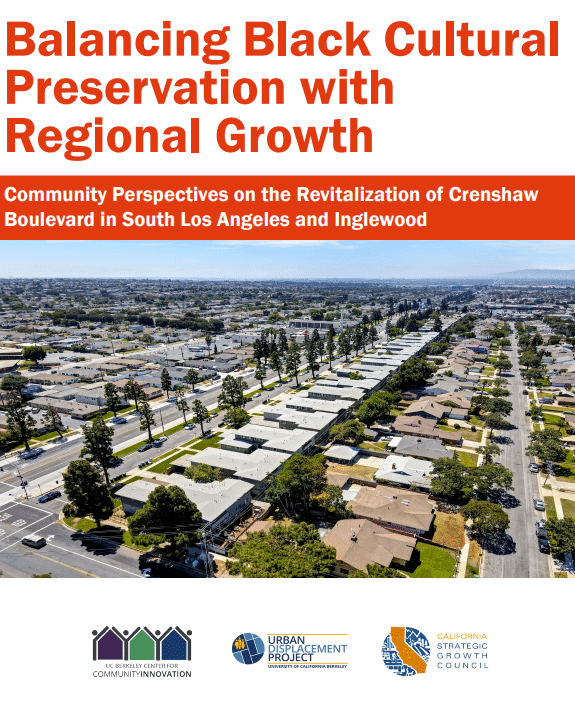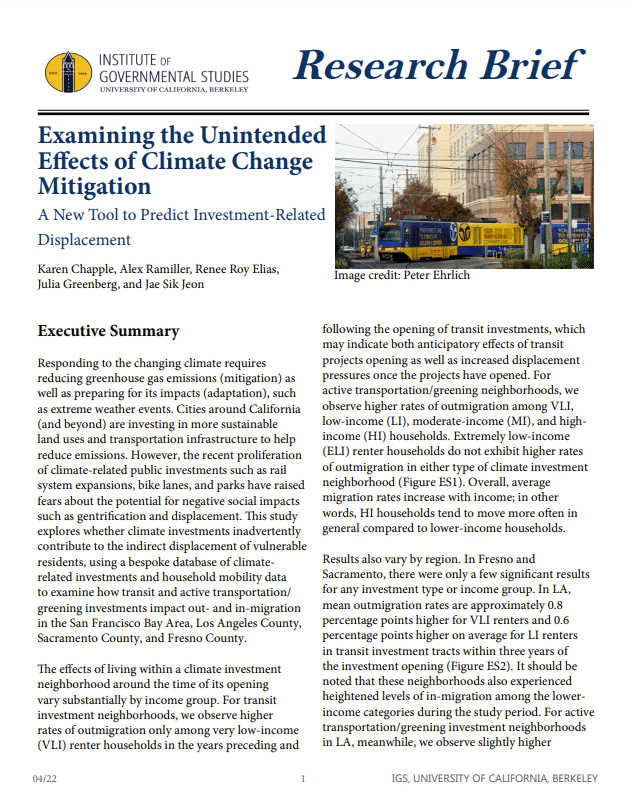
Download the full report here
Responding to the changing climate requires reducing greenhouse gas emissions (mitigation) as well as preparing for its impacts (adaptation), such as extreme weather events. Cities around California (and beyond) are investing in more sustainable land uses and transportation infrastructure to help reduce emissions. However, the recent proliferation of climate-related public investments such as rail system expansions, bike lanes, and parks have raised fears about the potential for negative social impacts such as gentrification and displacement. This study—funded by the California Strategic Growth Council’s Climate Change Research Program—explores whether climate investments inadvertently contribute to the indirect displacement of vulnerable residents, using a bespoke database of climate-related investments and household mobility data to examine how transit and active transportation/greening investments impact out- and in-migration in the San Francisco Bay Area, Los Angeles County, Sacramento County, and Fresno County.
This study has multiple components: (1) a review of the literature on climate change and displacement in the U.S.; (2) a comprehensive quantitative analysis (download our full report for more information); (3) six case studies that highlight local perspectives on neighborhood change around specific climate investments; and (4) an interactive mapping tool that shows the spatial relationships between climate investments and migration patterns in the Bay Area, Fresno, and Los Angeles.
In our quantitative analysis, we find that climate investments sometimes lead to higher outmigration rates, but the impact is always minor and varies significantly by region, investment type, income group, and even project. When migration impacts increase, it is typically by less than one percentage point and rarely more than two percentage points; this means, for example, that in a neighborhood where 10 of 100 LI households move out each year, now 11 or 12 will move out. For transit investments in Los Angeles and active transportation/greening investments in the Bay Area, some of the same income groups are migrating into the neighborhood at a higher rate than outmigration is occurring. VLI and LI renters are particularly prone to displacement impacts, with effects differing by region. However, ELI renter households generally remain in place when climate investment occurs, perhaps due to residence in subsidized housing. Particularly with transit investments, increases in outmigration may occur well before or after the opening, indicating anticipatory or delayed effects.
The outmigration effects of climate investments are small and variable. This leads to two key findings: first, it is likely possible to mitigate the short-term effects via anti-displacement policies (e.g., the construction or preservation of affordable housing), and second, local communities can (and should) play a role in the selection of which anti-displacement policy is appropriate.
Read our case studies
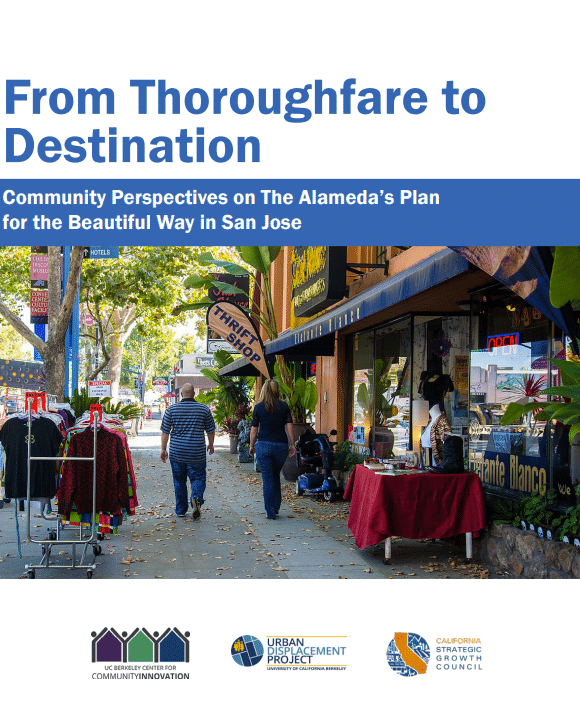
The Alameda (San Jose)
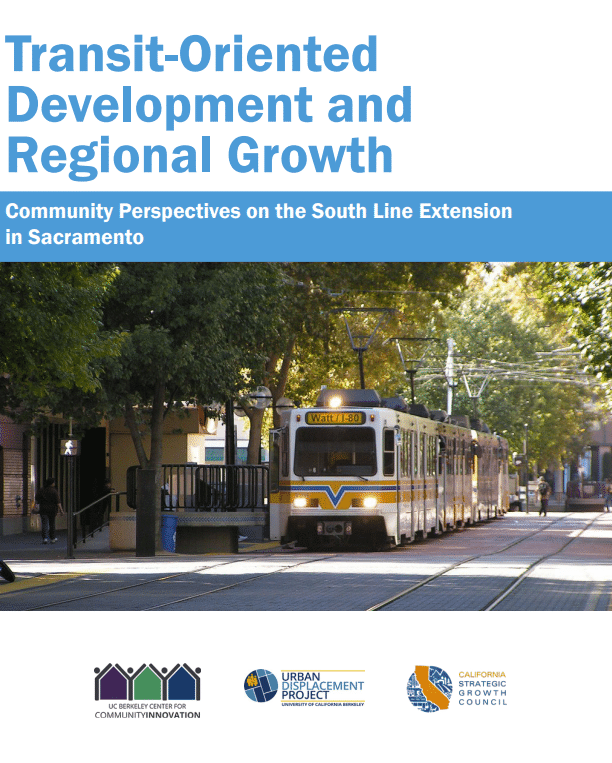
South Line Extension (Sacramento)
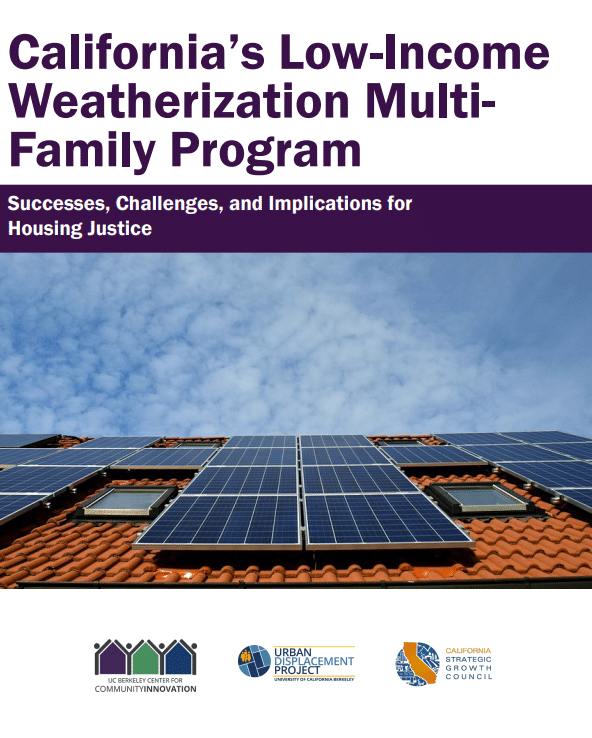
Low-Income Weatherization Multi-Family Program
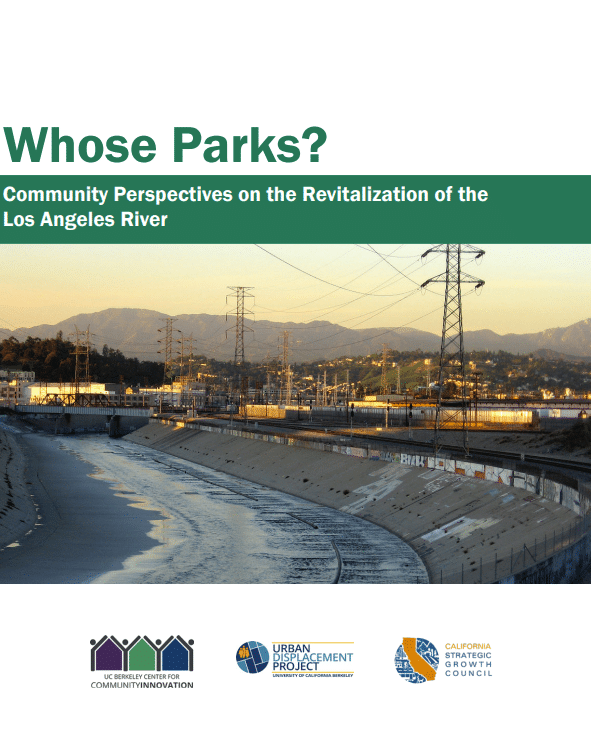
Los Angeles River
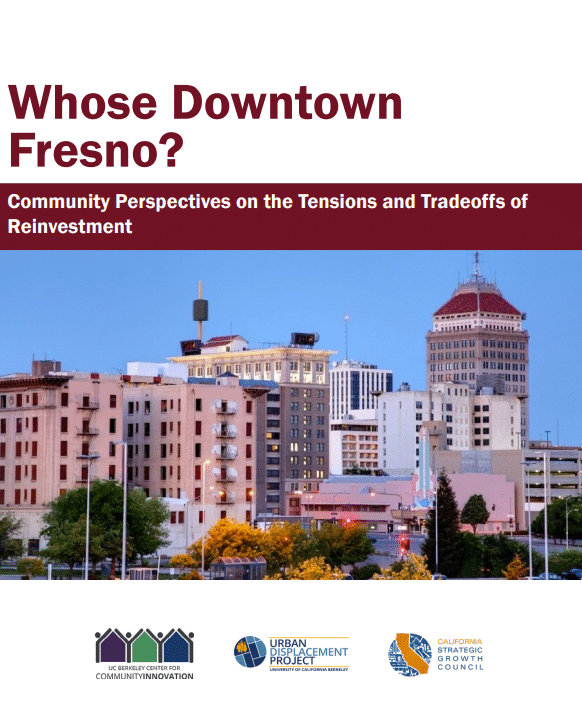
Downtown Fresno
